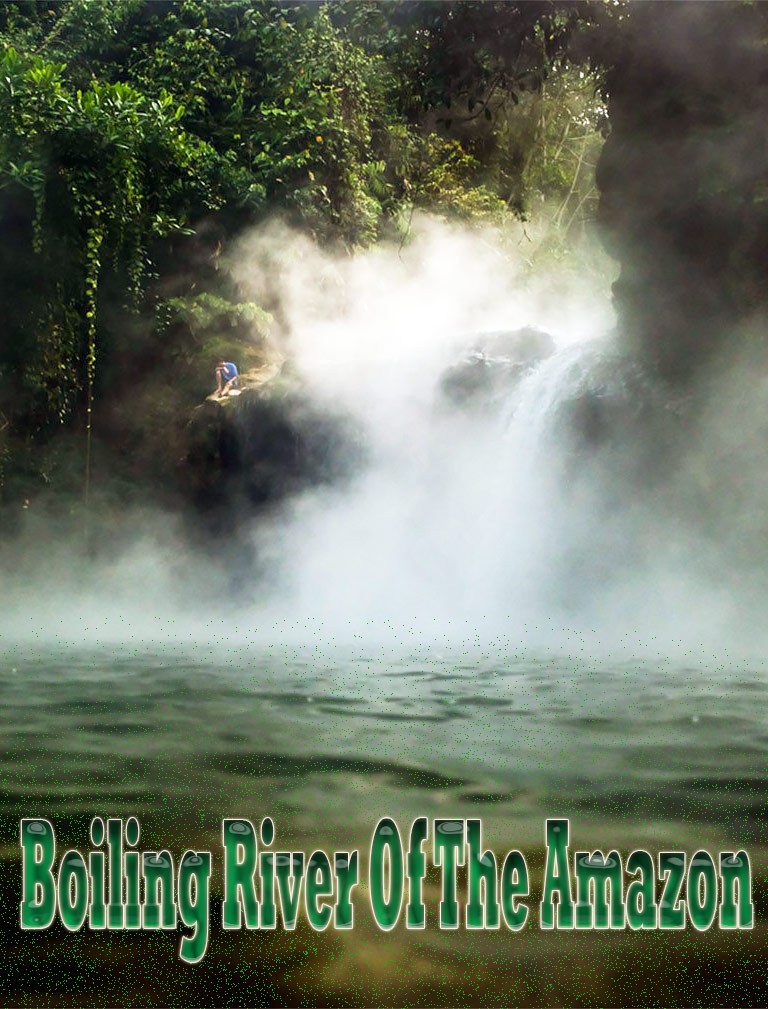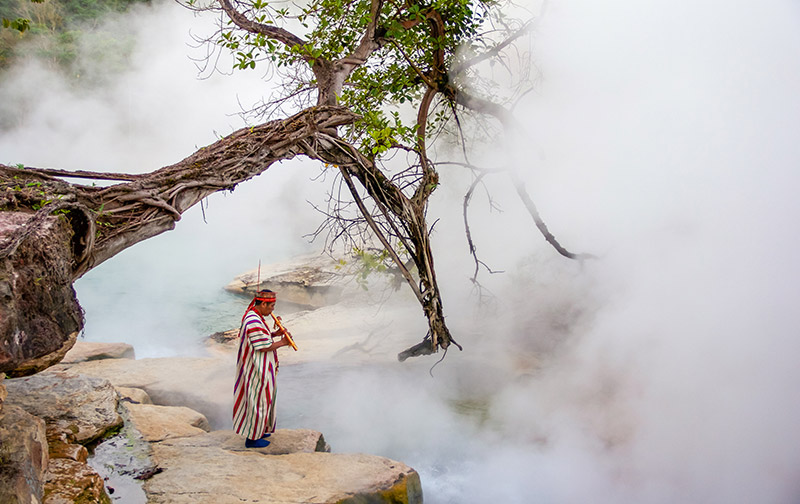
A legendary boiling river discovered deep in the heart of the Amazon
The boiling river has long been a legend in Peru, but when geophysicist Andrés Ruzo’s heard about it, he thought such a phenomenon couldn’t possibly exist.
Shrouded in legend and mystery, the Amazon rainforest is a place where the line between fact and fiction seems to blur into obscurity, although as scientists respectfully probe deeper into this enigmatic jungle, some of its most outrageous myths are turning out to be true. Tales of a boiling river, for instance, have abounded for generations, and while many dismissed the idea as mere folklore, a geophysicist Andrés Ruzo has in fact been studying this apparent anomaly of nature since locating it in 2011.
Speaking to IFLScience, Ruzo insists that he did not “discover” the river, which has in fact been known about by indigenous Amazonian communities for centuries, yet somehow has never been officially mapped. While many unanswered questions still remain as to the cause of this incredible phenomenon, Ruzo’s work has finally begun to reveal some of its secrets. Of course, natural hot water sources are nothing new, and geothermal springs can be found across the world, in places like Iceland and Yosemite.
However, these features are usually located in close proximity to volcanoes, yet Peru’s boiling river is more than 700 kilometers (435 miles) from the nearest volcanic center. Describing the river, which the locals call Shanay-timpishka – meaning “boiled with the heat of the Sun” – Ruzo explains that “the most amazing thing about it is its size. After all, you don’t necessarily need a volcano for a hot spring, but when there aren’t volcanoes nearby, they’re not normally this big.”
Indeed, the hot water flows for 6.24 kilometers (3.9 miles), with an average temperature of 86˚C (186.8˚F). Given that the river is wider than a two-lane road for most of its length, the energy required to heat up such a large volume of water to such high temperatures is pretty enormous.

Photo Credit: Sofia Ruzo
In a 2014 TED talk, Ruzo explained how the river is hot enough to kill most of the animals that fall into it – something he saw happen on numerous occasions. Going into grisly detail, he describes how “the first thing to go are the eyes,” after which the flesh of the river’s hapless victim begins to cook. So it’s certainly not the best place to go skinny dipping.
The big question, though, is where this heat comes from. According to chemical analysis carried out by Ruzo, the water is meteoric, meaning it originally fell as rain. Exactly where it landed is still a mystery, although he says his research is now getting close to figuring that out.
After falling, it’s likely that the water seeped deep beneath the ground, where it was heated up by the Earth’s geothermal energy, before re-emerging in the Amazon. In other words, it’s all part of an enormous hydro-thermal system, which is only made possible by an “amazing plumbing system,” unlike any other on the planet.
Not only is the river itself completely “unique on a global scale,” but so are some of the life forms that live in and around it, with genetic analysis of these so-called extremophiles having identified several new species, not seen anywhere else. Ruzo says that before reaching the river, he had doubts as to whether it was in fact natural, believing that it may have been caused by “an oil or gas well gone wrong.” Though his research has put these doubts to bed, he says he has decided to hold most of this data back from publication until the Peruvian government puts measures in place to protect the river from those who may exploit it as an energy source.





Leave a Reply